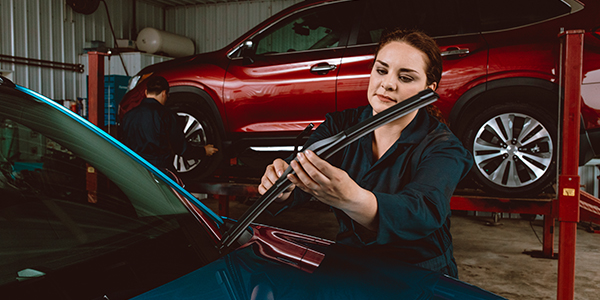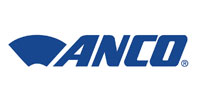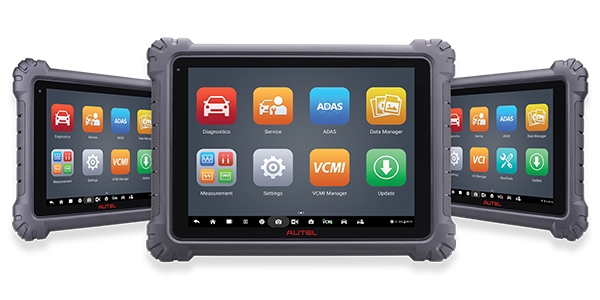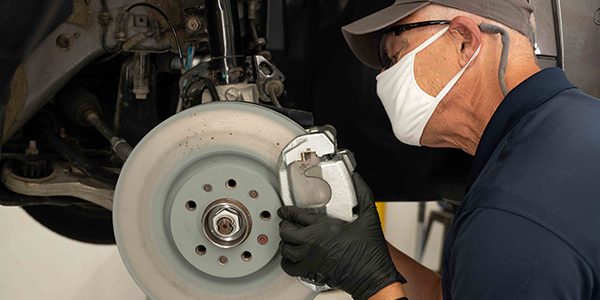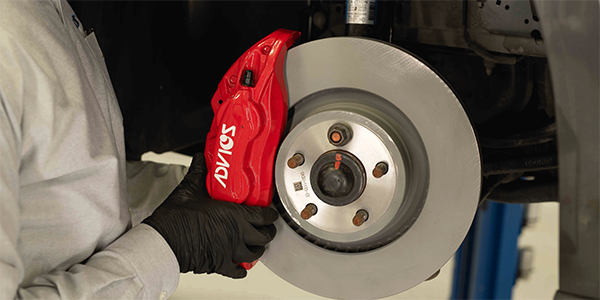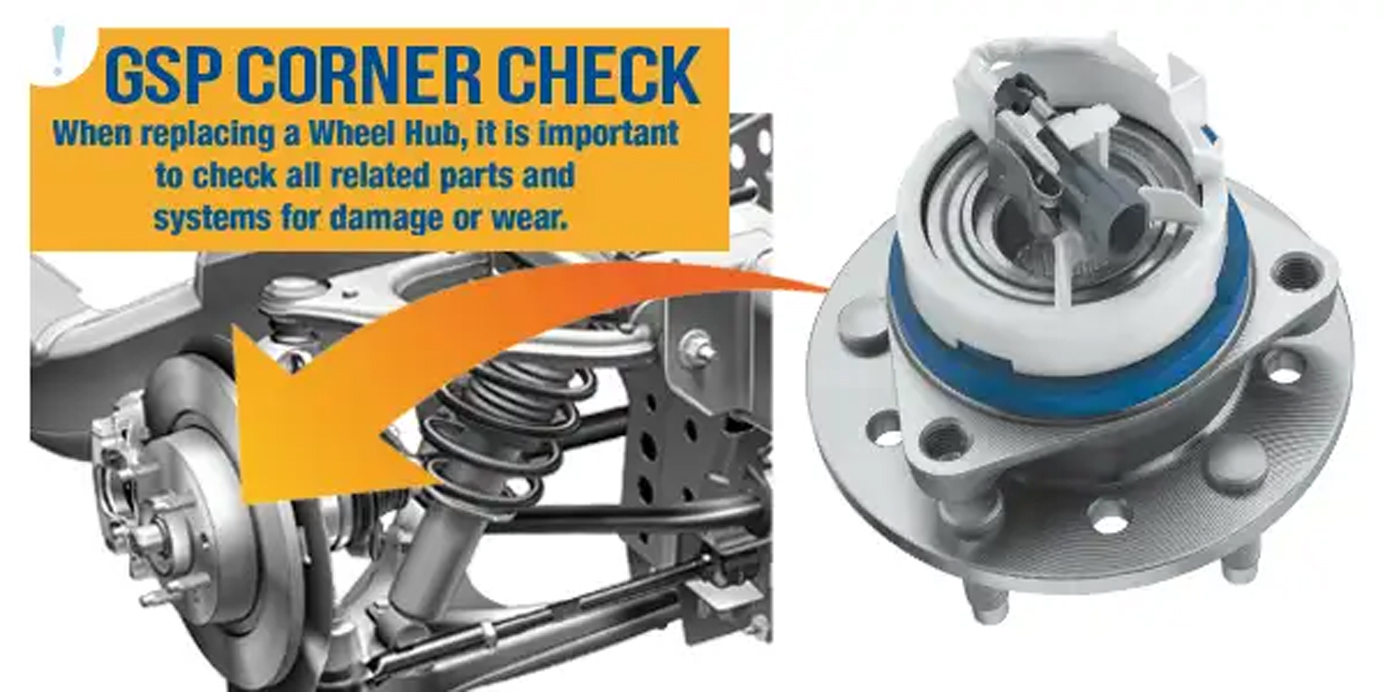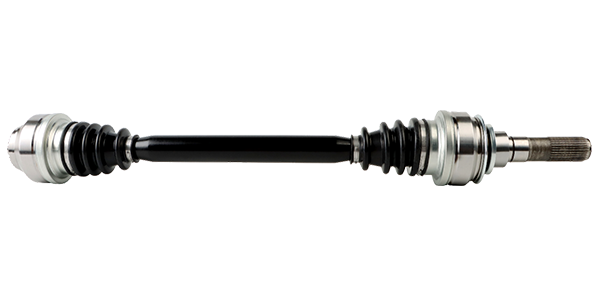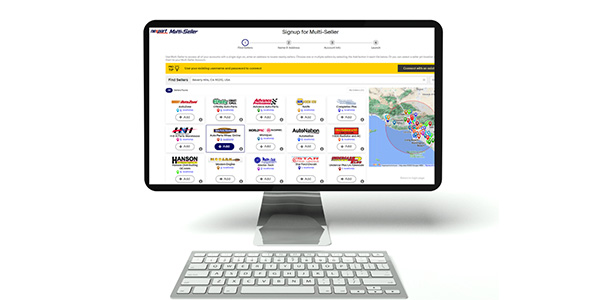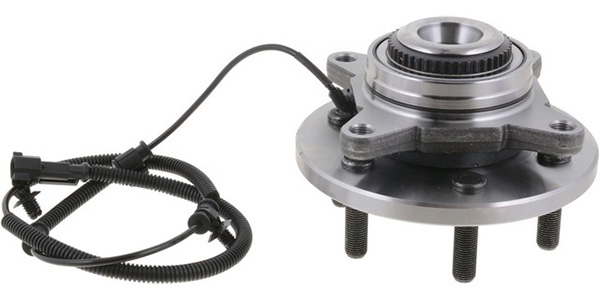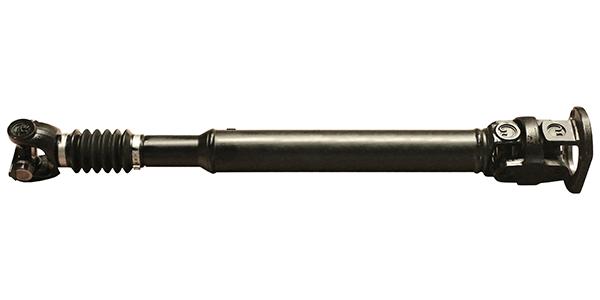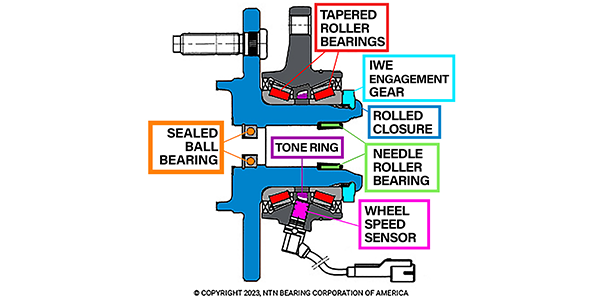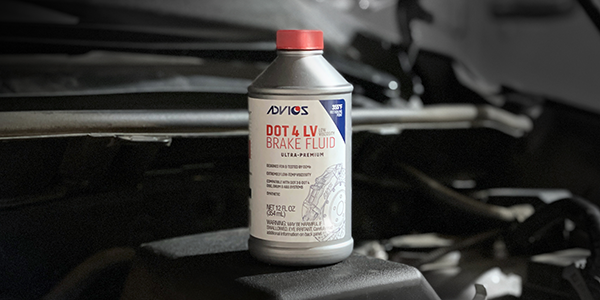As you’re aware, all car parts change over time. This includes wiper blades, which some vehicle owners might not consider to be a crucial part. As with any other vehicle component, research and technology have improved the way wipers are designed, how they’re installed, and their overall function.
Weather and road conditions vary and will create different challenges, so to maximize visibility, customers need wiper blades that perform best for their specific vehicle and driving habits. That is why helping them make the best selection is so important.
Beam and conventional blades are two of the most popular categories, but is one better than the other? Let’s take a look.
The Benefits of Beam Wiper Blades
Beam blades represent some of the biggest advancements in wiper blade design when compared to conventional blades.
The most obvious difference is in its curved structure. Whereas conventional blades are flat, beam-style wipers are contoured to fit today’s curved windshields, creating better coverage and cleaner wipes. Beam blades are built with steel frames and a high-quality rubber wiper element, which enables them to last longer and stand up to even the most extreme weather conditions.
Their advanced designs allow for additional benefits as well, which differ depending on the product.
ANCO® Profile® blades are one example. These wipers feature the proprietary Articulated Contact™ technology which creates infinite pressure points from the wiper to the windshield. What’s more, is that these blades can be used on older vehicles that were originally equipped with a conventional wiper blade.
Aptly named, the ANCO® Contour® is a premium upgrade, and another high-performing product in ANCO’s beam blade line. Like Profile® wipers, this all-weather wiper blade is also designed for infinite pressure points on the windshield and delivers a streak-free wipe even during intense weather with ANCO’s patented Duraklear® Plus rubber compound.
Conventional Wiper Blades
Conventional wiper blades are designed flatter, usually containing six or eight spring-loaded contact points to the windshield, and the wiper element is often constructed with replaceable rubber – but does that mean it’s not up to par for today’s vehicles?
Not so fast.
ANCO® 31-Series blades more than meet the challenge. This affordable, conventional wiper is designed with a vented bridge and high-performance polymer that not only meets OE requirements but installs quickly right out of the box with the Kwik Connect® system. These blades feature the Duraklear® compound and provide a smooth operation to make for a good everyday wiper.
Another quality conventional blade is the ANCO® 97-Series. A step up from the 31-Series, these durable blades are the premium conventional wiper blade designed with Duraklear® Plus, an advanced rubber compound that provides clear wipes in all weather. 97-Series wipers also feature a polymer bearing surface to eliminate metal abrasion and improve blade flexibility. With Redi-Fit™, they are easy to install and deliver exceptional strength.
Which Wiper Blade Wins? The Weather Can Help Decide
Driving during intense rain or snow can be difficult, especially if the wipers are old and the driver happens to be traveling at a relatively high speed. Precipitation isn’t the only thing that affects wipers’ performance though; wind is also a factor.
Most customers probably don’t realize that high winds create drag, which can lift the wiper blade off the windshield, generating wind lift. This can not only be a distraction to the driver, but it also won’t clear any rain or snow effectively from the windshield. This brings about another stark difference between beam and conventional wipers, as conventional blades are not always designed with wind lift in mind.
By virtue of their all-weather design, premium beam blades can counter wind resistance by transferring wind lift into windshield pressure. This allows them to perform well even in the harshest weather conditions.
While conventional blades are an effective and economical choice, your customers will benefit from the superiority in design, strength and reliable performance in extreme weather that beam blades provide.
Learn about ANCO® parts, view installation guides and more at ancowipers.com.
ANCO® has been the automotive industry leader in wipers, refills, washer pumps and wiper arms for nearly a century. ANCO® wiper blades provide comprehensive coverage for passenger and commercial vehicles and are engineered with the latest technology to ensure safety and visibility in all driving conditions. See the full product lineup at ancowipers.com.
This article is sponsored by: Anco Wipers

